Introduction
In the Washes and fens, the devices that control water flow for field irrigation are known as 'slackers' which are simply small sluice gates. Elsewhere they are often called penstocks.A sluice is a water channel, often with a slight slope, where flow is controlled from one end, usually the higher or upstream end, by a plate known as a 'gate' that can be lifted to allow water to flow under it.
Gates generally slide vertically in grooves in a surrounding frame or set into the sides of the channel. They can be operated automatically but more often are manually controlled by a hand wheel turning a threaded rod which passes through a threaded boss fixed to the frame top or a girder above the gate, then down to the top of the gate. When the hand wheel is turned the rod revolves, moving up or down through the fixed boss nut, so raising or lowering the gate. Other methods include rack and pinion, and rope winches.
Slacker construction will depend on size and water pressure. The earliest slackers were completely wooden. I have only found one so far, and that is some way outside the washes. Then came slackers with an iron framework and a wooden gate, or all-metal ones. Small modern ones may have a plastic gate (in the form of HDPE, or high density polyethylene) and stainless steel framework.
New Bedford/Hundred Foot River
The Hundred Foot River is the only source of water (other than direct precipitation, obviously) for maintaining water levels in the internal ditches. As the river is tidal, water can only be drawn during high tides, more or less every other day. The amount that can be taken depends on tides and fluvial flow. Salinity also has to be considered.I have identified 22 locations along the Hundred Foot River where slackers allow water to be abstracted from it for irrigation - 17 into the Washes and 5 into the South Level.
The slackers on the Wash side are owned and operated by the Hundred Foot Washes IDB. Water is fed into a header dyke running along the side of the cradge bank (the inner, western or northern bank of the river), and from there via more controls into the field ditches. There is a natural fall across the washes towards the Delph, and each cross-ditch will need 4 or 5 water control points to prevent the water draining straight out into the Delph.
The slacker inlets and the header dyke (cradge ditch) silt up rapidly. The Hundred Foot Washes IDB is responsible for clearing silt from the cradge ditch and parts of some field ditches. Clearance of other ditches is the responsibilty of the land owners/tenants, such as the RSPB (which manages the washlands from Earith to Welney as one reserve according to their brochure).
back to contents
Black Sluice, NBR
Location: NGR: TLVisited:
Viewed: from opposite bank, 2012 .
back to contents
Youngs Holt
Location: NGR: TLVisited:
Viewed: from opposite bank, 2012 .
back to contents
Sutton Drove
Location: NGR: TLVisited:
Viewed: from opposite bank, 2012 .
back to contents
Reads
Location: NGR: TLVisited:
Viewed: from opposite bank, 2012 .
back to contents
Witcham Gravel
Location: NGR: TLVisited:
Viewed: from opposite bank, 2012 .
back to contents
Pontoon Wash
Location: NGR: TLVisited:
Viewed: from opposite bank, 2012 .
back to contents
Common Wash
Location: NGR: TLVisited:
Viewed: from opposite bank, 2012 .
back to contents
Ely Singers
Location: NGR: TLVisited:
Viewed: from opposite bank, 2012 .
back to contents
Oxlode
Location: NGR: TLVisited:
Viewed: from opposite bank, 2012 .
back to contents
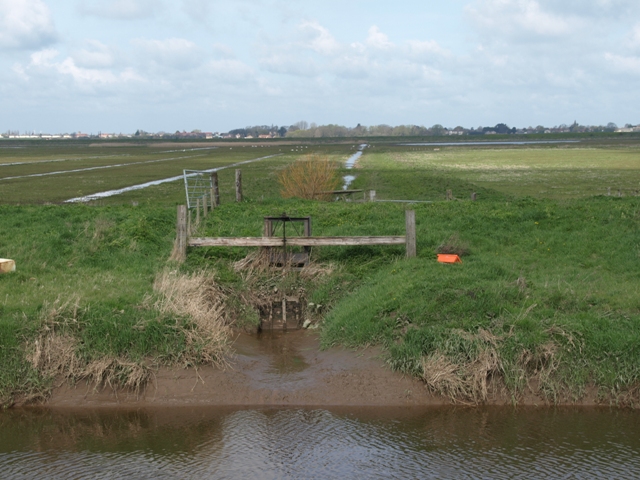
Cambient
Location: NGR: TLVisited:
Viewed: from opposite bank, 14th April 2012 .
back to contents
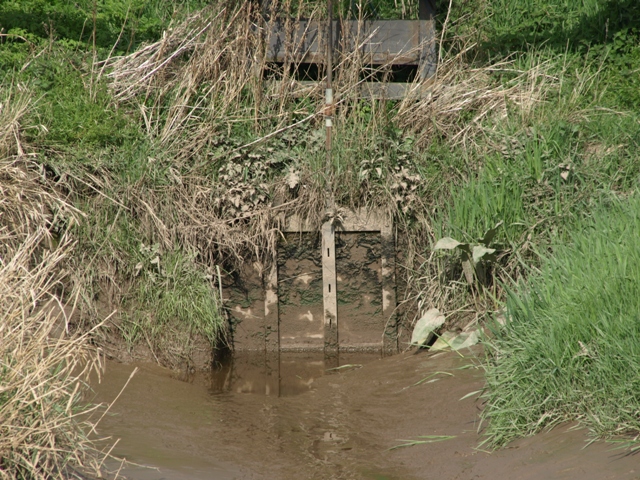
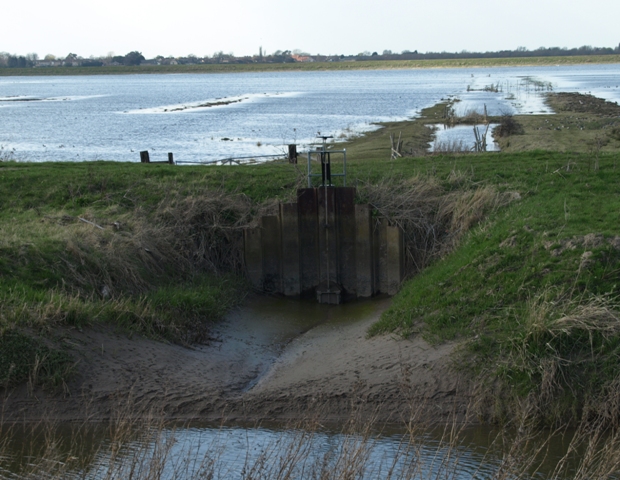
Dimmocks
Location: NGR: TL 501 884Visited:
Viewed: from opposite bank, 20th March 2012 .
Note steel sheet piles and what apears to be a new slacker.
Strangely the washes at this point were flooded from side to side, even though this was during a drought, and following a very dry winter.
I have seen conflicting comments on this and will report more later.
back to contents
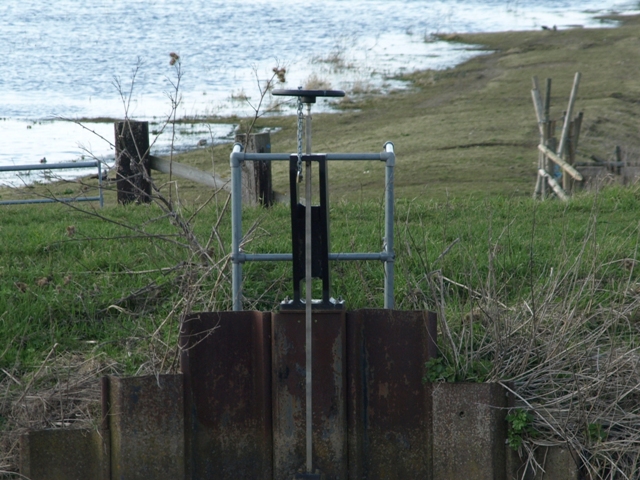
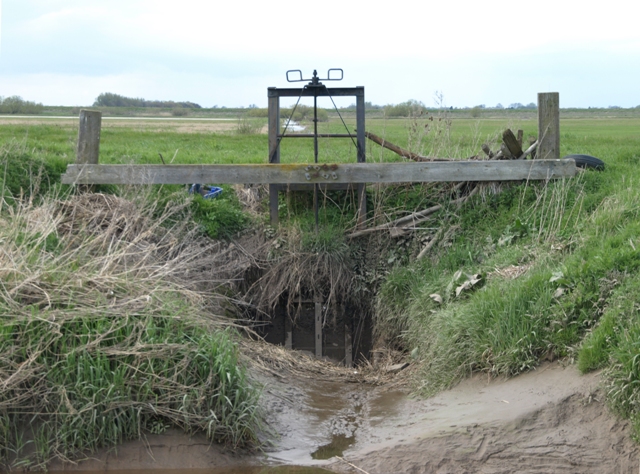
Hartleys
Location: NGR: TLVisited:
Viewed: from opposite bank, 14th April 2012 .
back to contents
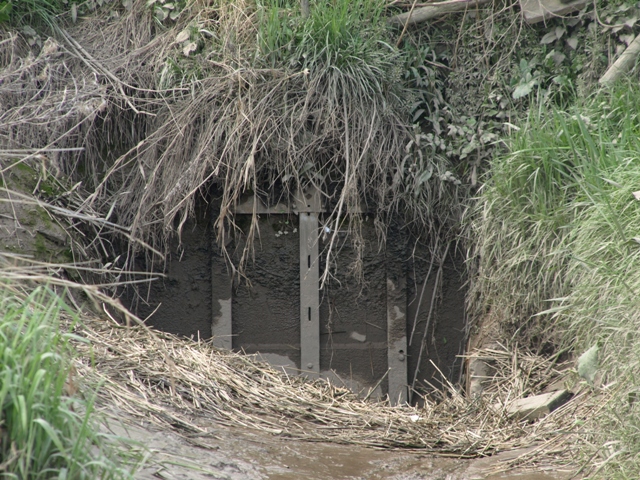
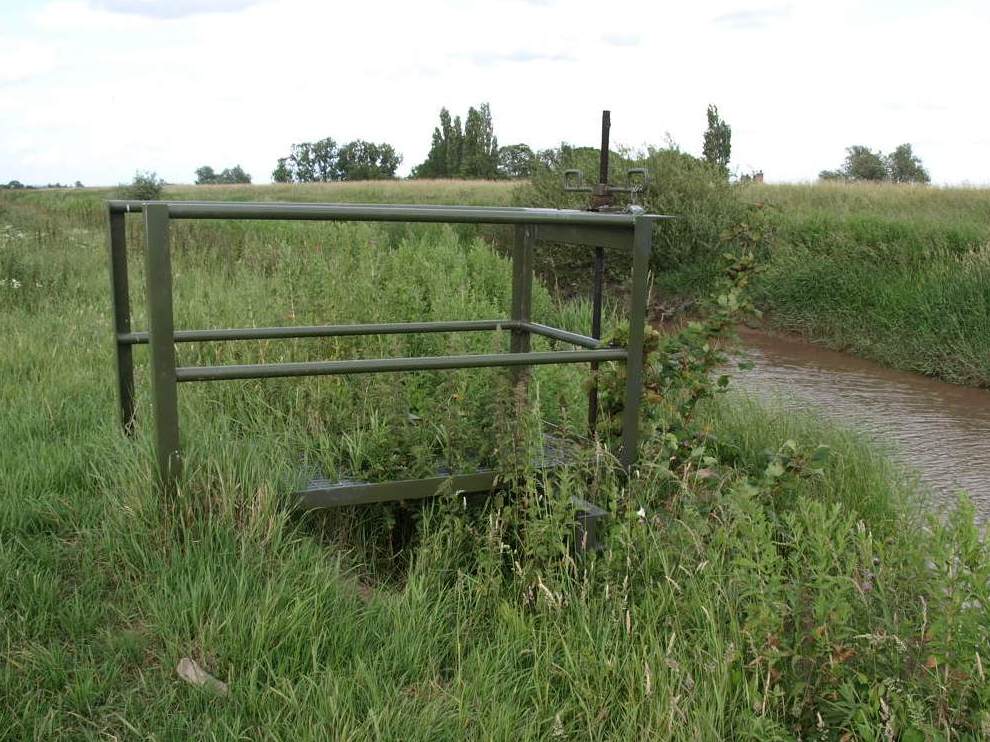
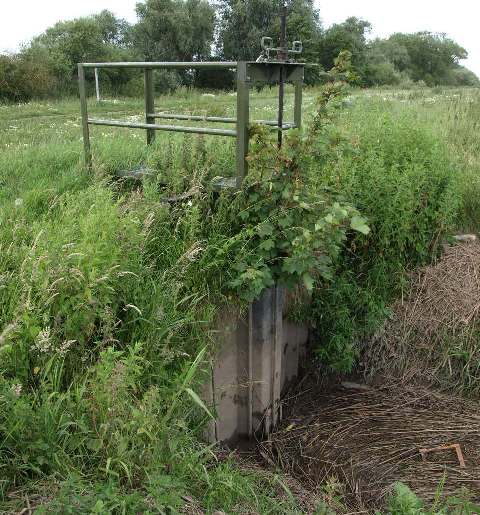
June 2011.
Handle secured by chain and padlock
Kents
Location: NGR: TL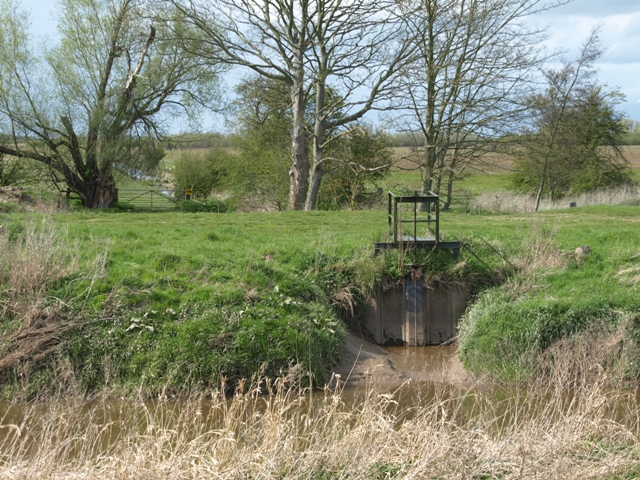
Viewed: from opposite bank, 14th April 2012 (above and right).
also Visited: 21st June 2011 (see left)
back to contents
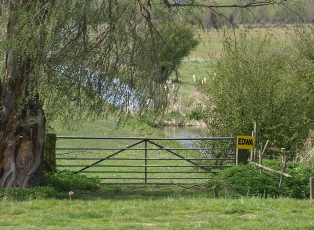
The yellow sign on the gate indicates this wash is owned or leased by the
Ely & District Wildfowlers Assoc.
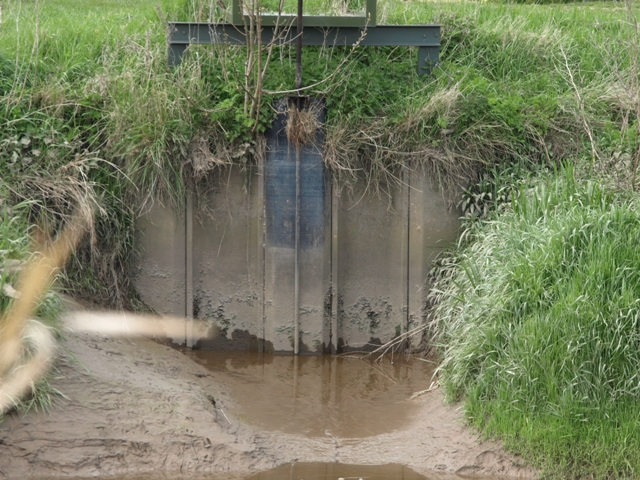
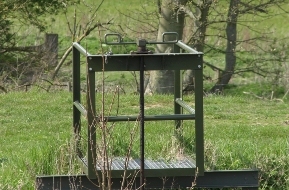
Apr 2012, handle unsecured
Motts
Location: NGR: TLVisited:
Viewed: from opposite bank, 2012 .
back to contents
Deptfords
Location: NGR: TLVisited:
Viewed: from opposite bank, 2012 .
back to contents
Charity
Location: NGR: TLVisited:
Viewed: from opposite bank, 2012 .
back to contents
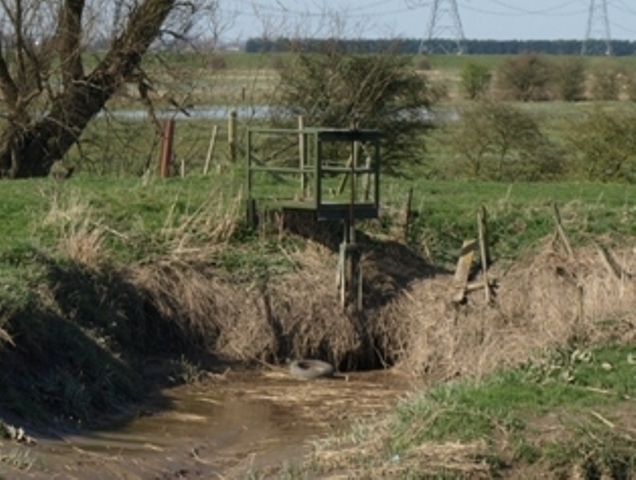
Hagen Smart
Location:Visited:
Viewed: from opposite bank: 24th March 2011
Hagen Smart was a Washes Wildfowler who lived on the west bank of the Old Bedford River a couple of miles north of Welney, in a house his father James (once world speed skating champion,) built - Norway House.
back to contents

Counterdrain and Old Bedford River
back to contents
back to contents
back to contents
|
Acknowledgements. Text and photos except where noted © Eddy Edwards, 2010-12 If you think there are any errors or ommissions on this page or would like to comment, please contact me and your response will be added. |
| Related pages on this website |
| Related external websites |